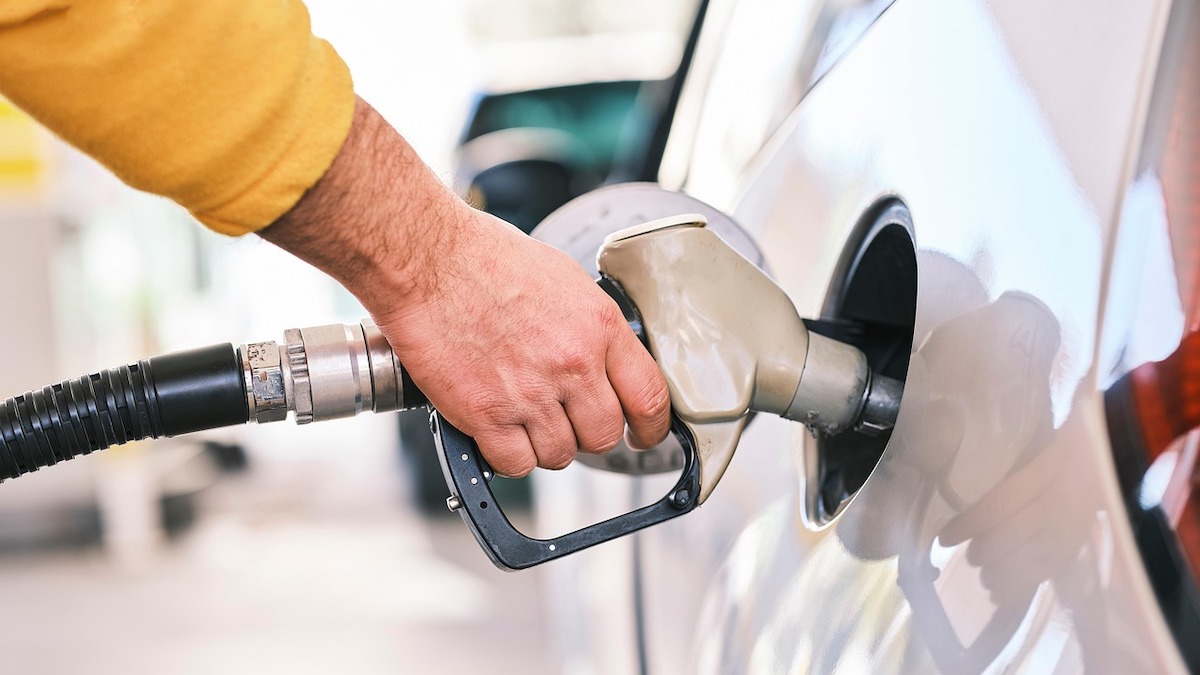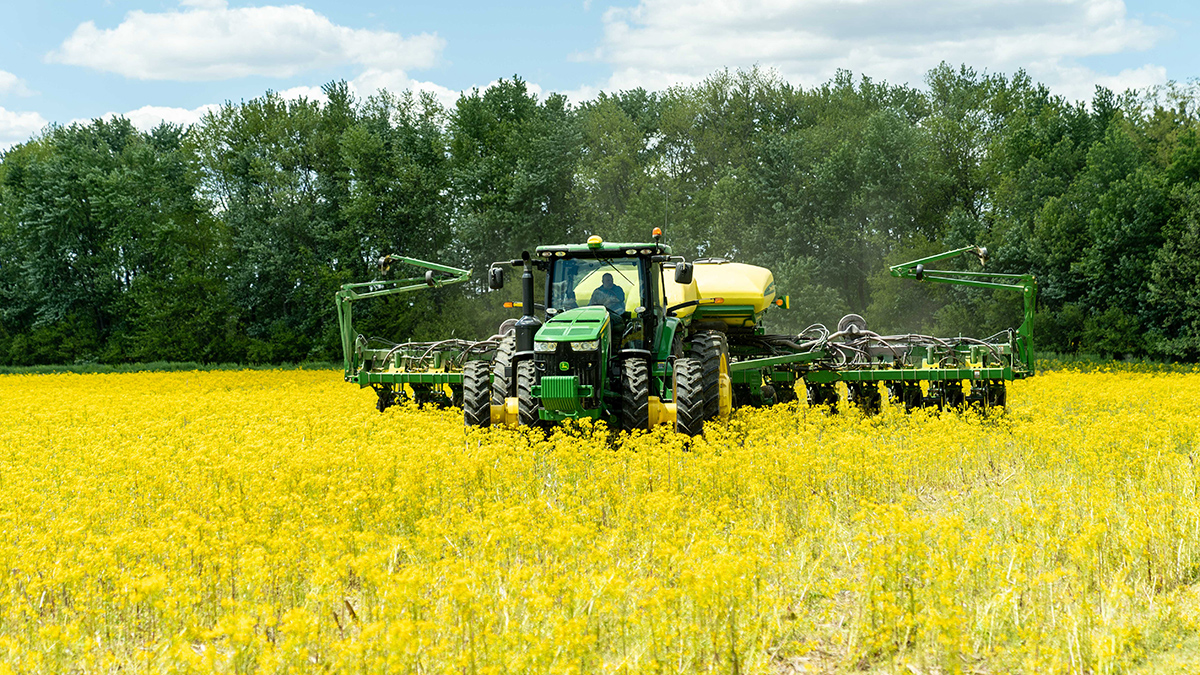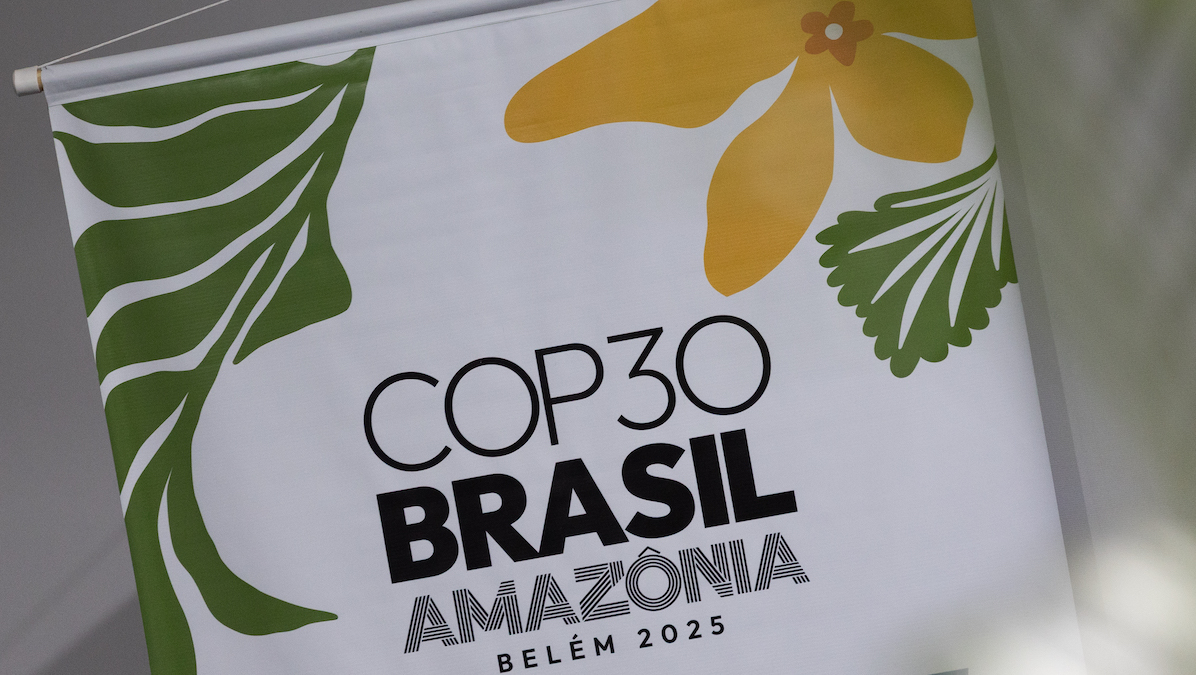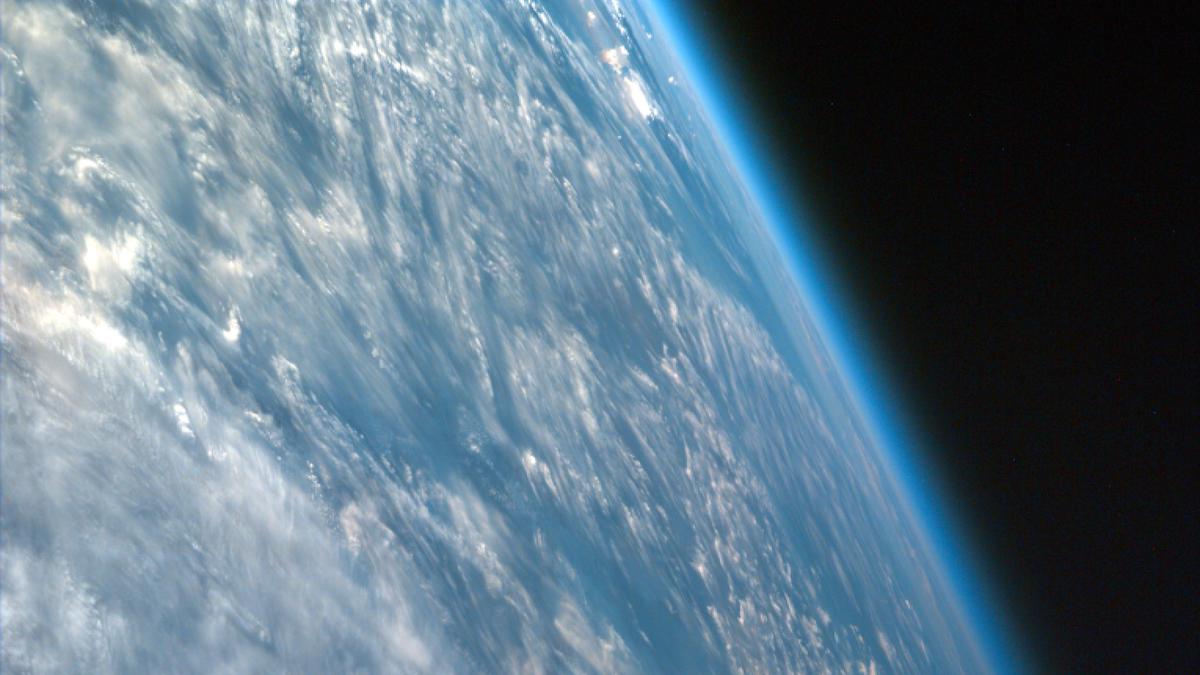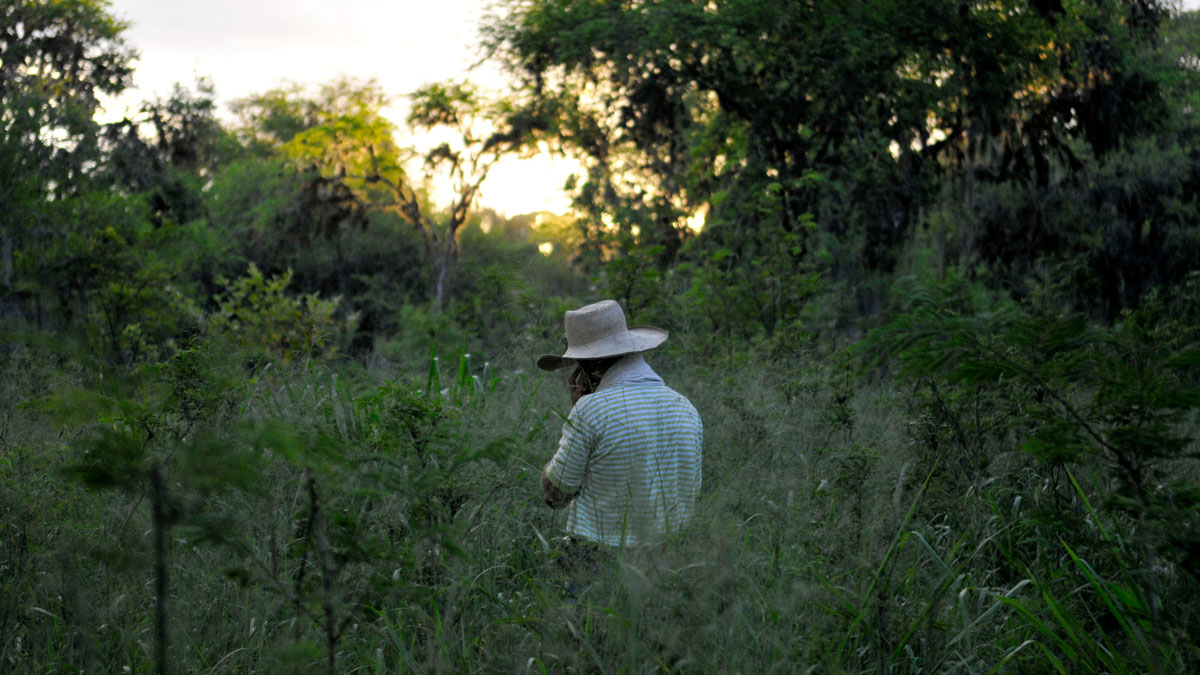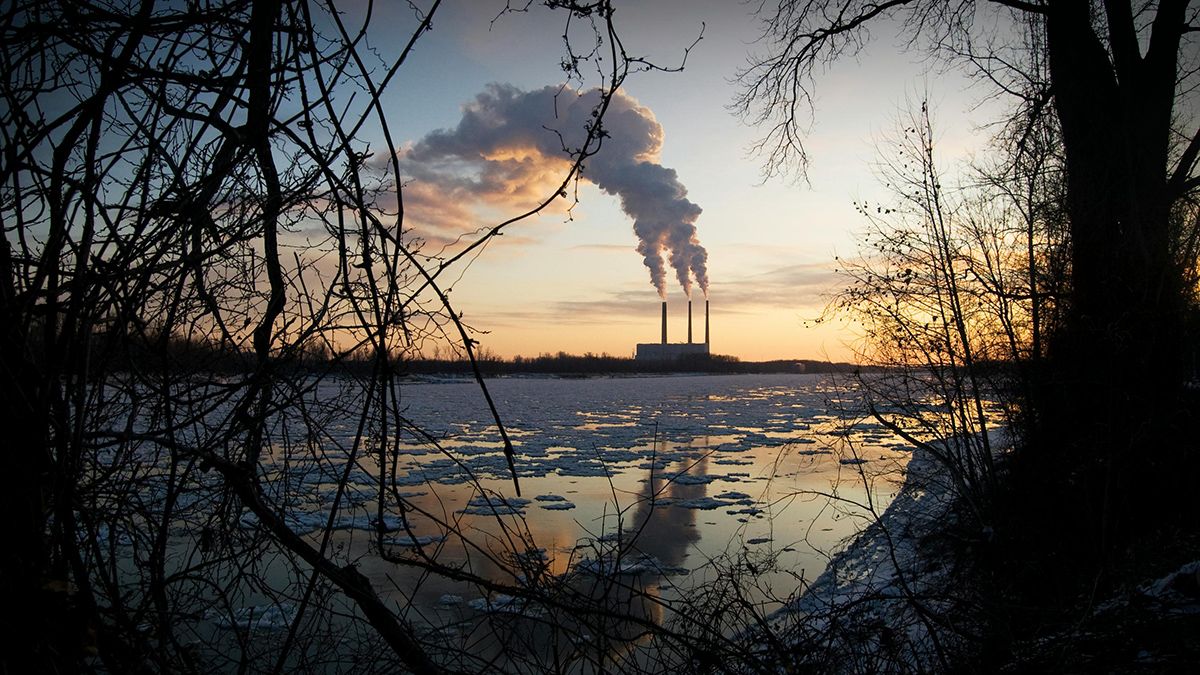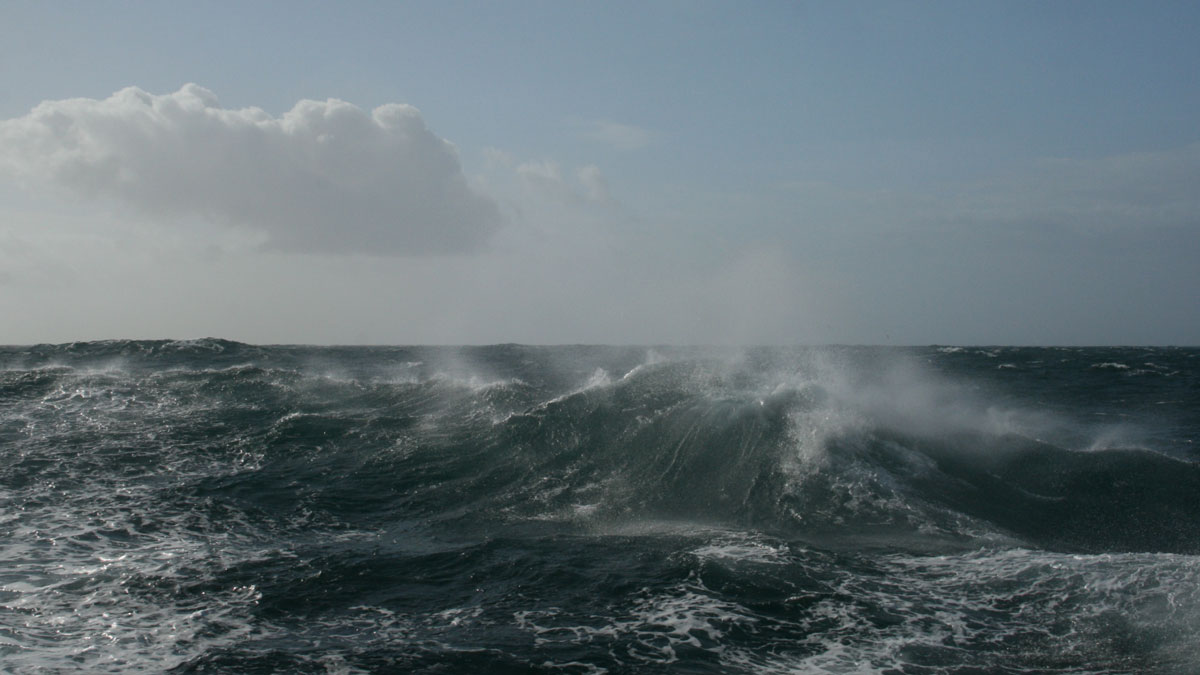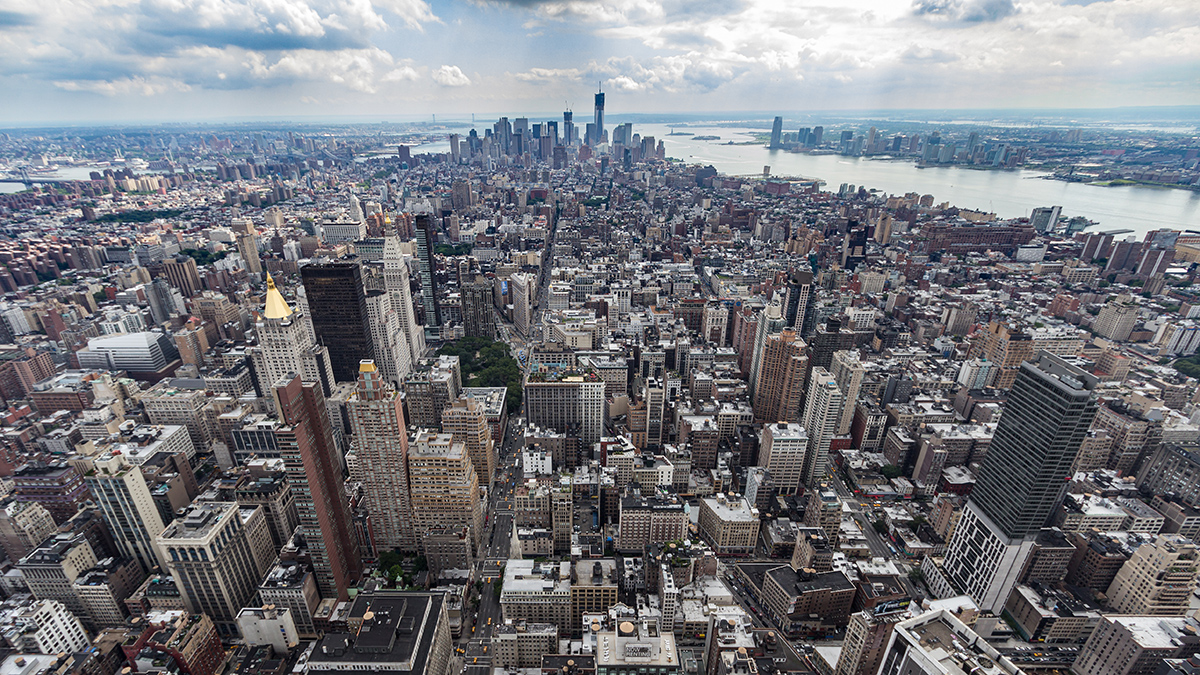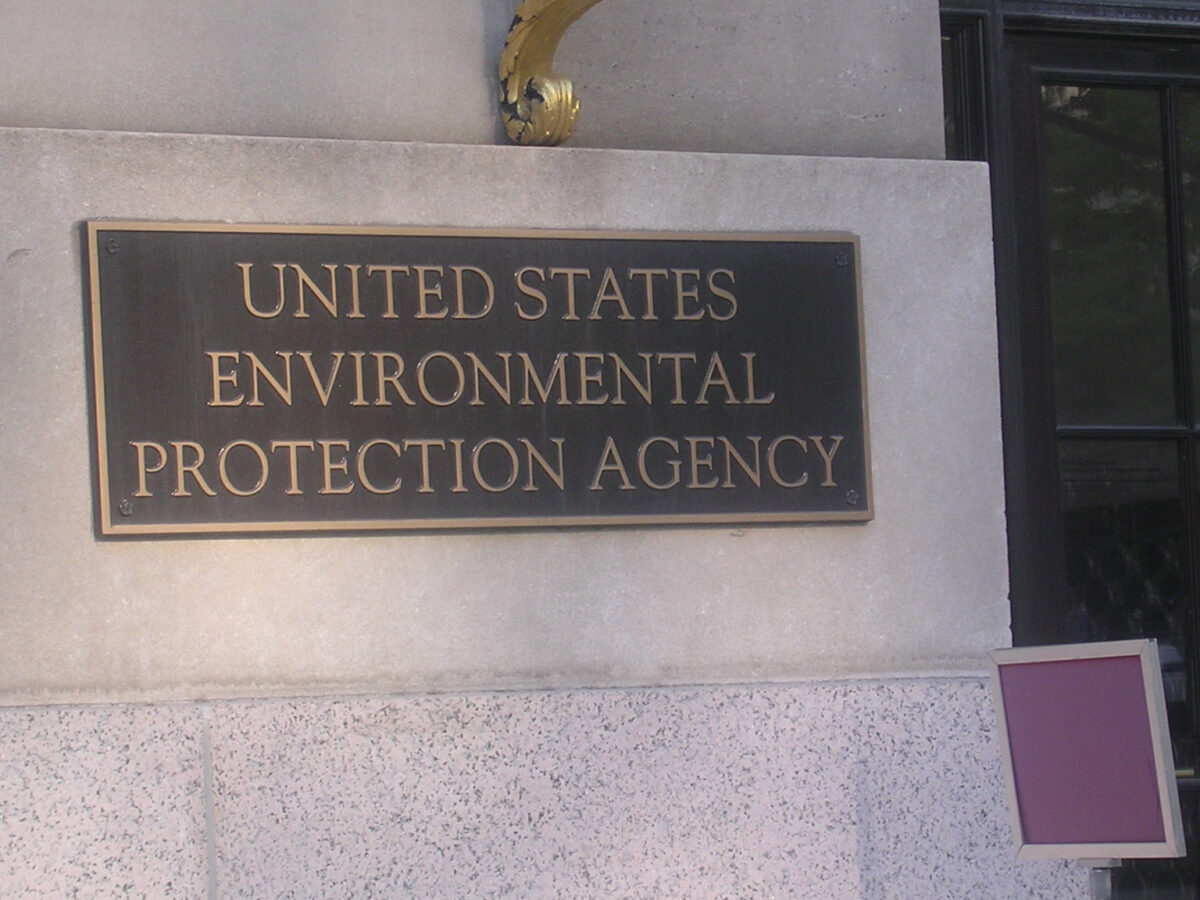At the White House today, President Donald Trump announced his administration would “reset” vehicle fuel economy standards. Trump said the administration plans to revoke tightened standards, also known as Corporate Average Fuel Economy (CAFE) standards, set by President Joe Biden in 2024.
carbon emissions
How Can We Tell If Climate-Smart Agriculture Stores Carbon?
Quantitative data at real-world scales are needed to assess the effects of cover cropping and other practices on soil carbon storage. Large-scale medical studies provide a proven methodology.
Global Methane Emissions Projected to Fall, According to United Nations Report
The world has made significant progress on methane mitigation since 2020, though meeting the goals of a major international pledge will require additional action, according to a United Nations Environment Programme (UNEP) report.
UN Emissions Gap Report: Despite Progress, World Still Far Behind Climate Targets
Current emissions trajectories are on track to warm the world by as much as 2.8°C (5.04°F) above preindustrial levels by 2100, according to a report released today by the United Nations Environment Programme (UNEP).
REDD+ Results and Realities
A new study examines the efficacy of REDD+ projects in reducing deforestation and raises questions about the carbon credits the initiative relies on.
A Better Way to Monitor Greenhouse Gases
A unified, global observing system could more effectively monitor progress in reducing emissions and accelerate climate action through improved data and decision support.
The Southern Ocean May Be Building Up a Massive Burp
Modeled results suggest that if anthropogenic emissions decrease and the atmosphere cools, heat stored in the Southern Ocean could be released abruptly in a few hundred years, kicking off a temporary warming period.
Satellite Scans Can Estimate Urban Emissions
As more cities strive to meet climate goals, space-based observations may help fill in the gaps on tracking emissions.
EPA Proposes That Major Polluters No Longer Report Their Emissions
The EPA proposed today that approximately 8,000 polluting facilities, including oil refineries, power plants, and steel mills, should no longer be required to report their greenhouse gas emissions.
Public Speaks Out Against EPA Plan to Rescind Endangerment Finding
Advocates, scientists, doctors, members of Congress, kids, parents, and other individuals spoke out in a series of hearings last week to let the Environmental Protection Agency know how they feel about a potential sea change in climate and environmental policy: the proposed repeal of the 2009 Endangerment Finding.

